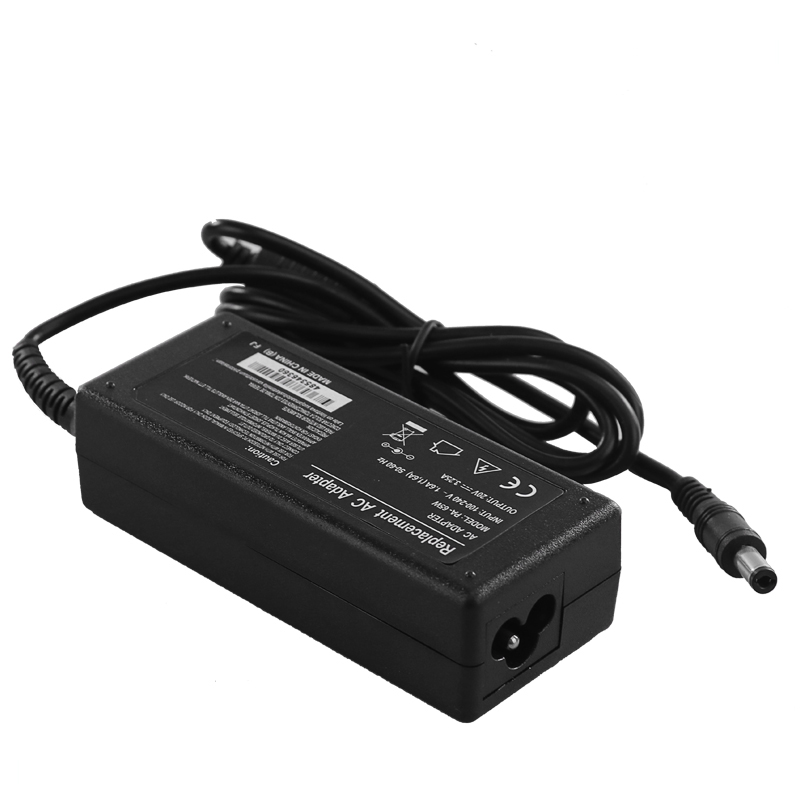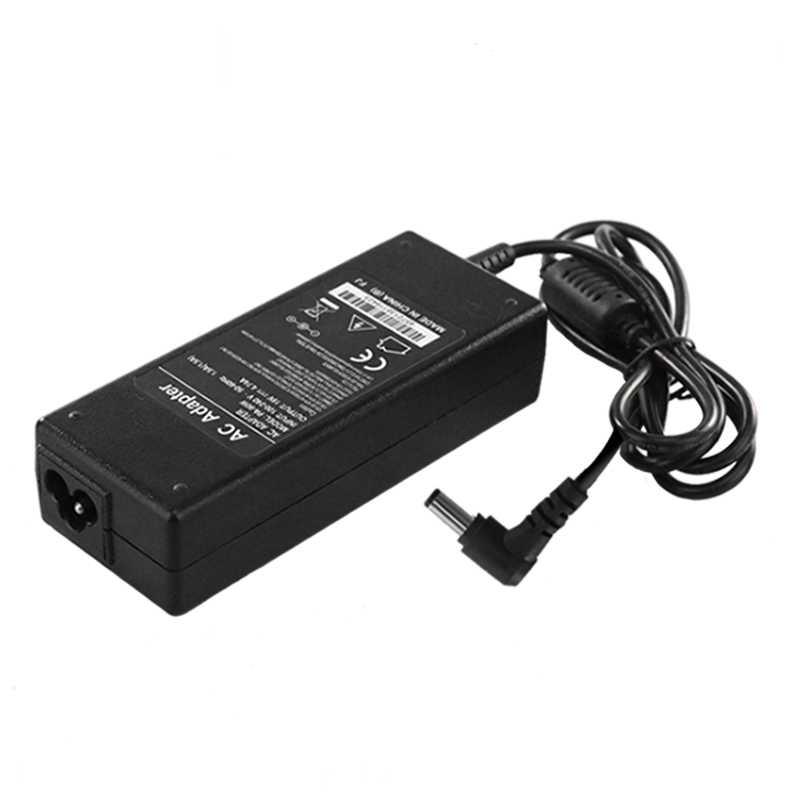
Privacy statement: Your privacy is very important to Us. Our company promises not to disclose your personal information to any external company with out your explicit permission.
Since the availability of smart portable devices, people have been inseparable from the help of power adapters. In daily life, sometimes you need to use a non-matching power adapter for charging. In this case, you need to have enough knowledge of the voltage and current externally marked on the power adapter. This article will focus on these two values Explain for everyone.

First of all, the nominal voltage of the power adapter usually refers to the open-circuit output voltage, that is, the voltage value without any load and no current output. Therefore, it can also be considered as the upper limit of the output voltage of the Power Supply. For the case where an active voltage stabilization unit or a voltage reference component is used inside the power supply, in general, a high internal resistance DC voltmeter can directly measure the nominal voltage (more accurately, the method of the electromotive force bridge should be used, which belongs to the university`s general physics Lesson), even if the mains voltage fluctuates a certain amount, its output is stable and constant.
However, for the small inexpensive transformers on the market, basically the traditional magnetic transformer plus four rectifier diode bridge rectifiers plus a large filter capacitor, so if the data measured with an ordinary DC voltmeter will be greater than the nominal voltage , The reason is that the output pulsating DC of the bridge rectification is simply a time chain connected by the positive half cycle of a sinusoidal voltage signal, which becomes smoother after being filtered by a large capacitor, but the wave coefficient is still very large (the ripple coefficient is The ratio of the amplitude of the voltage signal fluctuation to the average value of the voltage. The smaller the value, the closer to DC). The so-called nominal voltage refers to the integration of this voltage over time divided by the integration time. The simple understanding is the average value of time. The measurement value of ordinary DC voltmeter is very close to the maximum value of the voltage signal, so the measurement is not accurate. At the same time, if the mains power fluctuates, the output of this type of power supply will change accordingly.
Generally speaking, the true no-load voltage of the common power supply is not necessarily the same as the nominal voltage, because the characteristics of the electronic components cannot be completely consistent, so a certain error is allowed, and the civilian use needs to be controlled at 0.1% to 5 %, the smaller the error, the higher the consistency requirements for electronic components, the higher the cost in industrial production, and the more expensive the price.
The second is the nominal current value of the power supply. Regardless of any power supply, there is a certain internal resistance, so when the power supply outputs current, a voltage drop will be generated internally (output current times the internal resistance of the power supply). This causes two things. One generates thermal energy (equal to the square of the output current times the internal resistance), so the power supply heats up. The other is that the output voltage is the nominal voltage minus the internal voltage drop, which causes the output voltage to decrease.

After considering the heat dissipation problem, the general design generally limits a current value. When the output current reaches this value, the output voltage is reduced to 95% of the nominal voltage, or other proportions. Each manufacturer can set according to the different needs of the load product Set a higher or lower ratio, this current value is the nominal current. For example, the nominal current of the 72W ibm16V power supply is 4.5A (16*4.5=72). If the load resistance is too low, causing the output current to exceed the nominal current, two things generally happen. One is that the individual components cause the power supply to burn out due to heat generation exceeding the heat dissipation capacity; the other is that the heat dissipation design has a margin, which is only reflected in the output The voltage is further reduced. If the voltage is too low, the load may not work properly.
It can be seen from the above introduction that the nominal voltage of an ordinary common power adapter is likely to be not equal to the real no-load voltage. This is mainly due to the characteristics of electronic components so that these two values cannot be completely equal. There must be some error. This error should be taken into account by users, and I hope everyone will gain something after reading.
Best regards,
Ada Zheng
LET'S GET IN TOUCH

Privacy statement: Your privacy is very important to Us. Our company promises not to disclose your personal information to any external company with out your explicit permission.

Fill in more information so that we can get in touch with you faster
Privacy statement: Your privacy is very important to Us. Our company promises not to disclose your personal information to any external company with out your explicit permission.